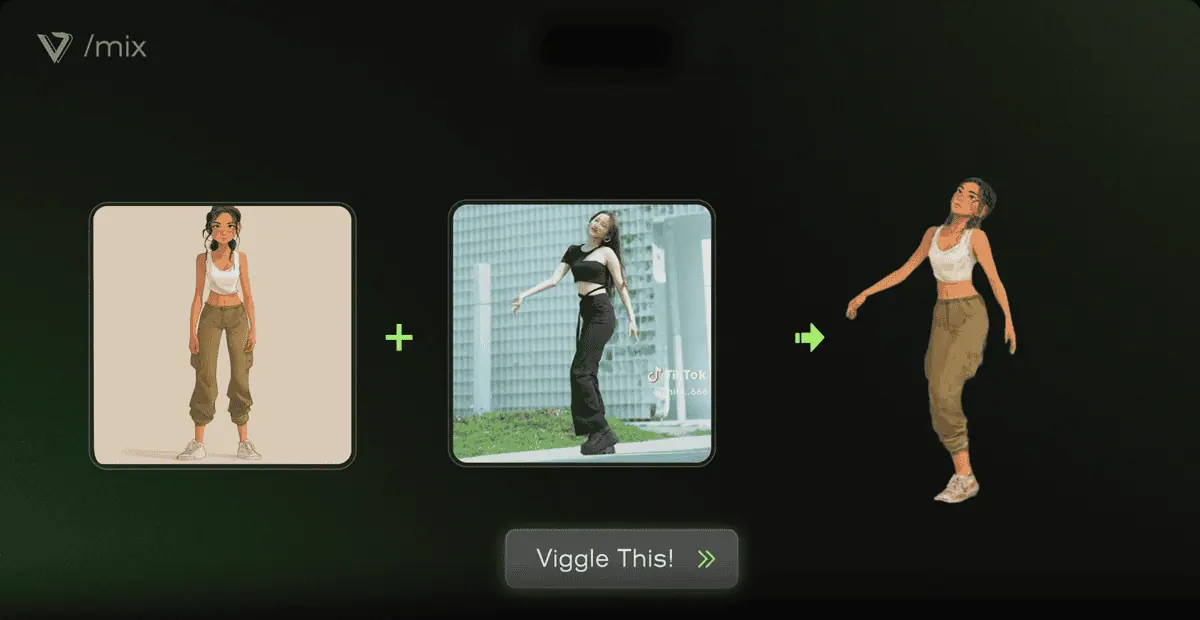Numerous people use Viggle AI as a tool for creating memes over videos

The Rise of AI and Its Entertainment Applications
Artificial Intelligence (AI) technology has made remarkable strides in recent years, and the rapid pace of its development is truly extraordinary. This progress is clearly demonstrated by the emergence of popular AI tools like ChatGPT, Midjourney, Grammarly, and others.
AI for Fun: The Rise of Viggle and Video Overwriting Memes
While many AI tools are designed to enhance human productivity, a significant number of people also use them for entertainment, particularly in creating various memes. One AI tool currently gaining widespread popularity in this context is Viggle.
Viggle AI: Breathing Life into Static Images with Video Overlays
You might already be familiar with text and audio meme overlays, but what about video overlays? Viggle AI specializes in exactly that. It allows users to animate static images into dynamic ones, either through a prompt or using a video as a reference.
Viral Examples and Personal Experimentation with Viggle AI
You may have come across examples of this on social media recently. Two particularly popular instances include Lil Yachty’s concert footage and a video of a child dancing to the song "Goyang Nasi Padang," where the main subject is replaced by someone else.
I decided to try out Viggle AI myself just for fun, and the result was the character Sensei from Blue Archive dancing in place of the child in the "Goyang Nasi Padang" video.
The Imperfect Reality of AI in Development
This is understandable, given that AI is still in its developmental stages. As a result, the videos produced are far from flawless and can be inconsistent depending on the reference material provided.
Exploring Viggle AI: A Word of Caution
If you're interested in exploring Viggle AI further or trying it out yourself, you can visit their website directly. However, always remember to avoid using images or photos of others without their permission.
The Double-Edged Sword of AI: Potential and Peril
When it comes to AI technology as a whole, it's undeniable that its existence sparks both support and criticism, especially with tools that are believed to have the potential to replace human jobs. For instance, AI-generated art has been a topic of heated debate among internet users.
The Future of AI and the Ethics of Video Manipulation
While tools like Viggle AI for video overwriting are often used for humor today, the future development of such technology certainly raises concerns. There’s a potential risk that it could be used by malicious individuals to manipulate videos, making it difficult to determine whether a video is real or fake due to the sophistication of AI.
Join the Conversation: Share Your Thoughts on AI and its Implications
So, what are your thoughts on this issue? Feel free to share your opinion in the comments!
These headings provide a clear structure and guide the reader through the different aspects of the article, making it more engaging and easier to follow. They also highlight the key themes and arguments presented in each section.